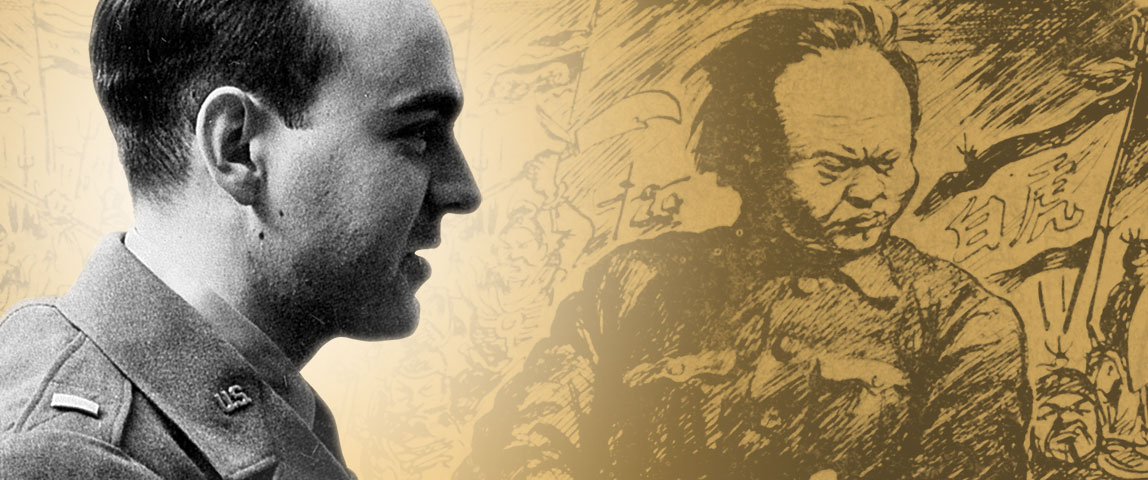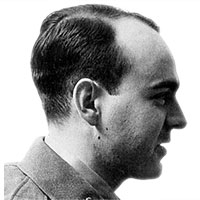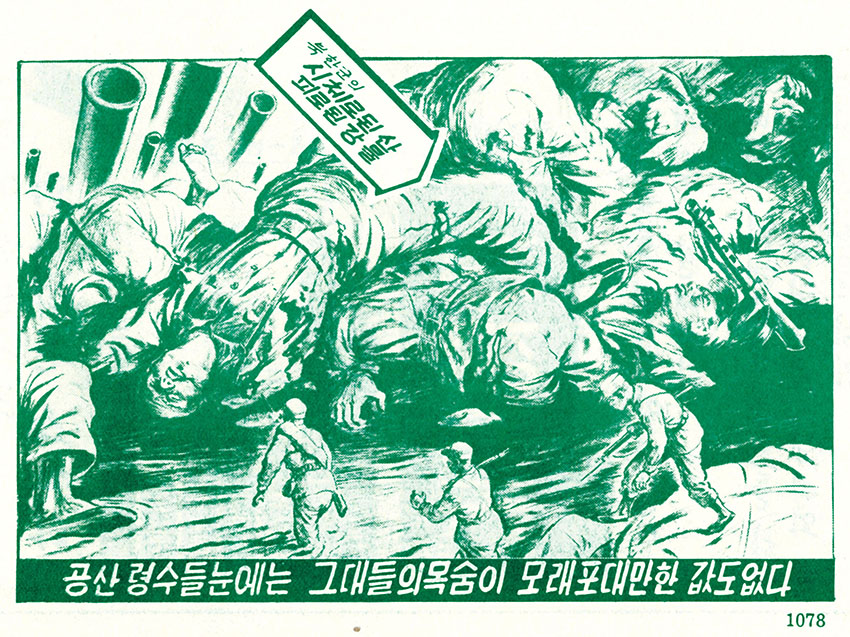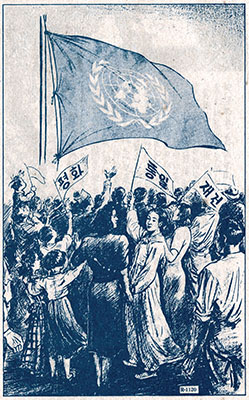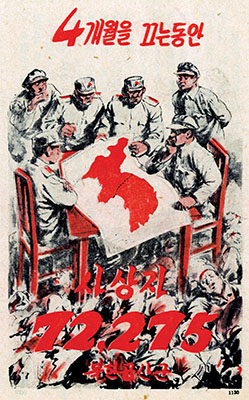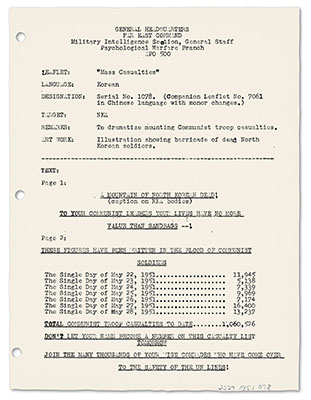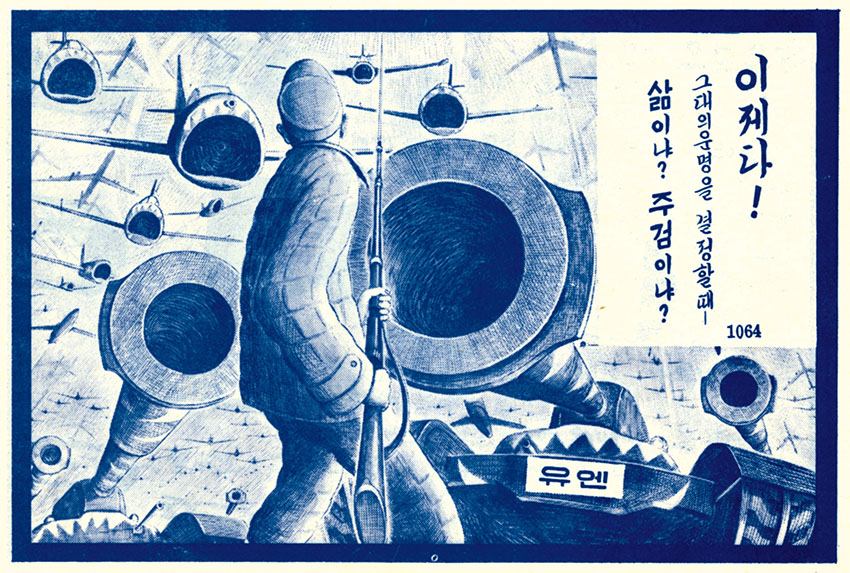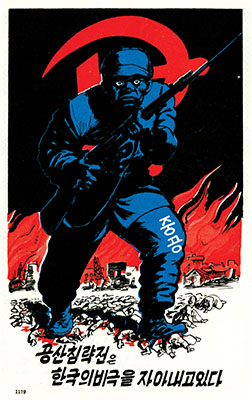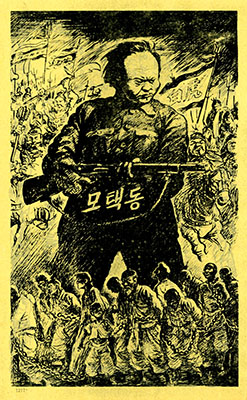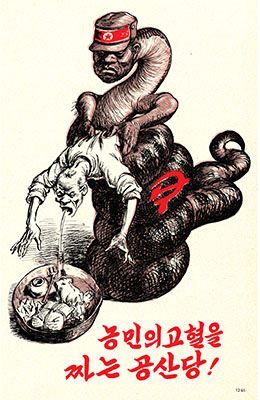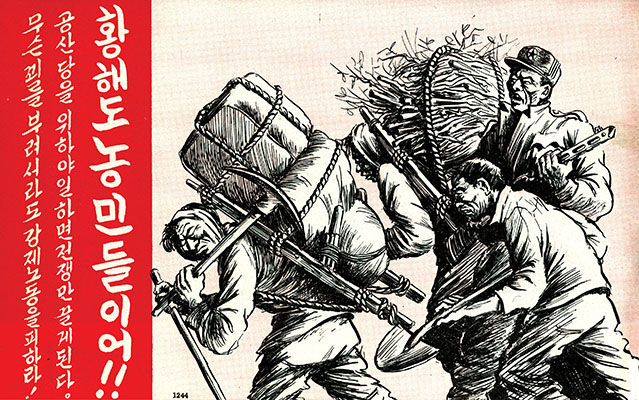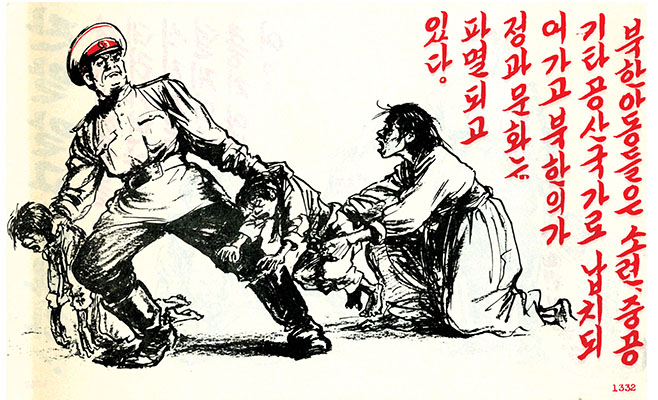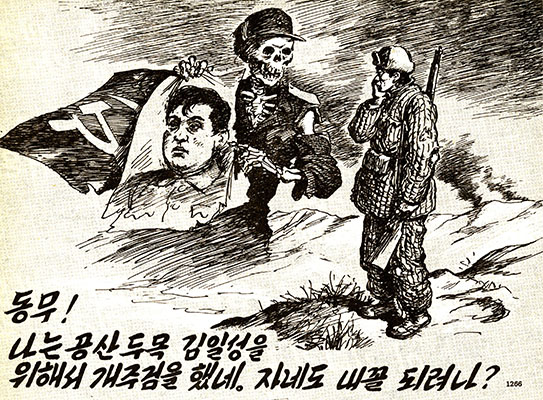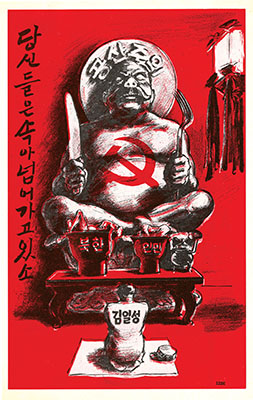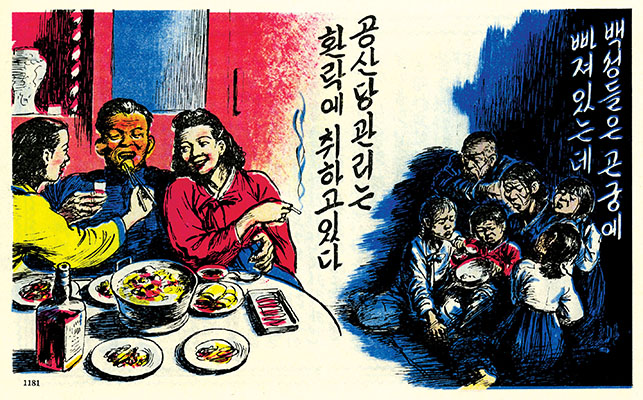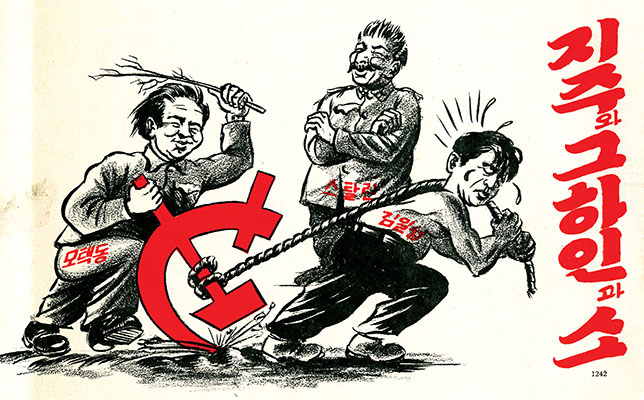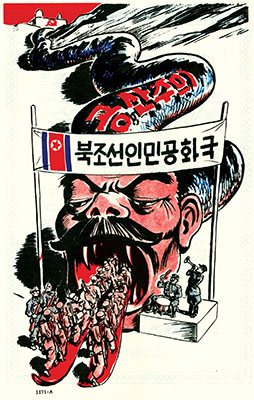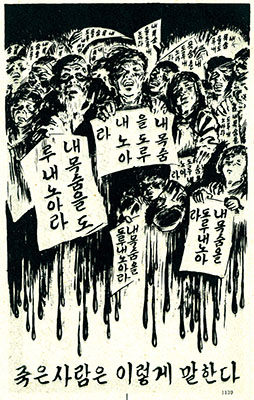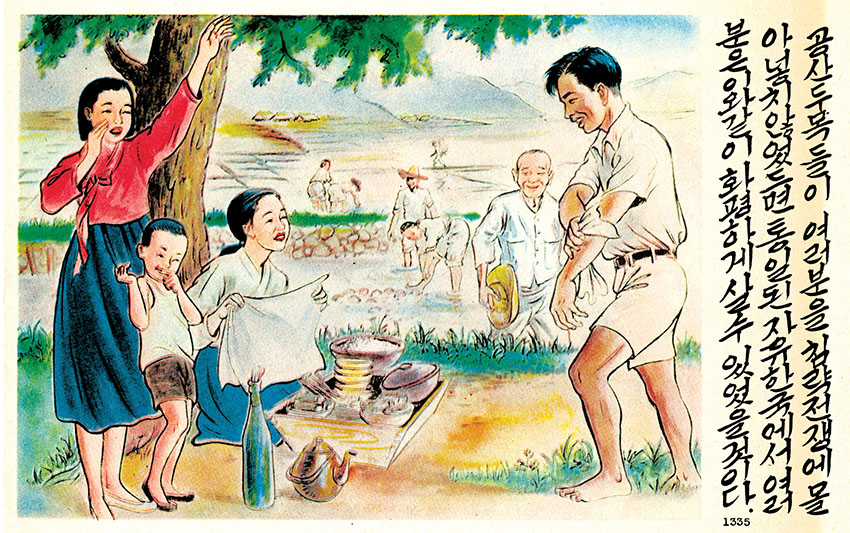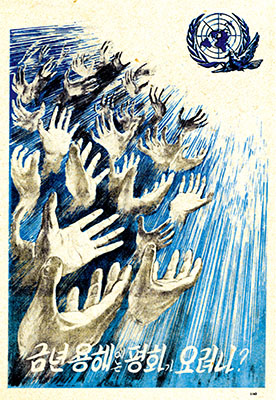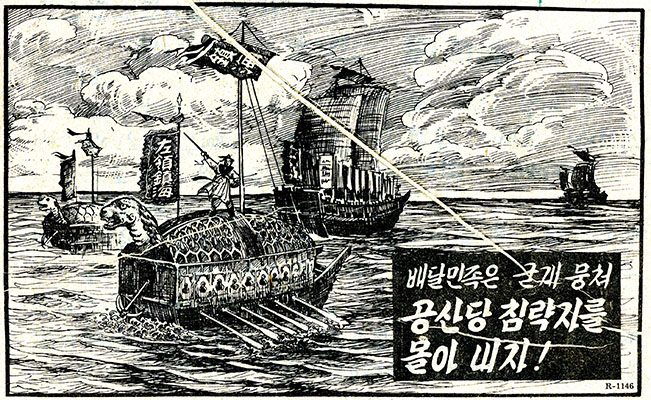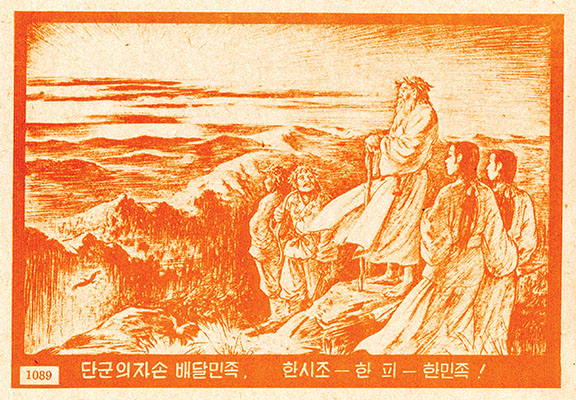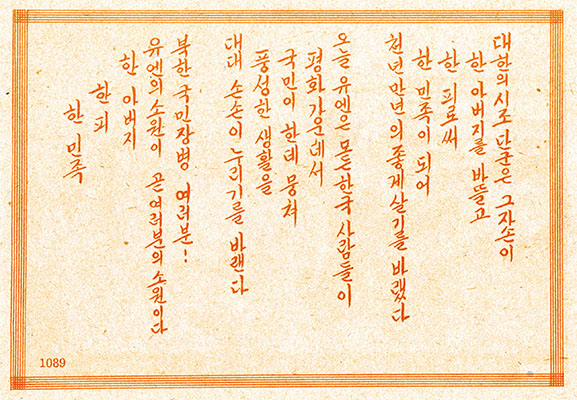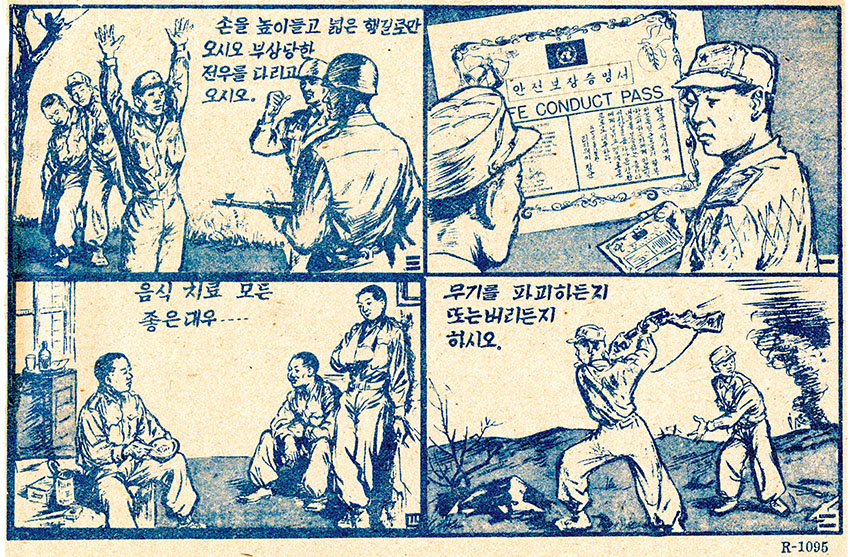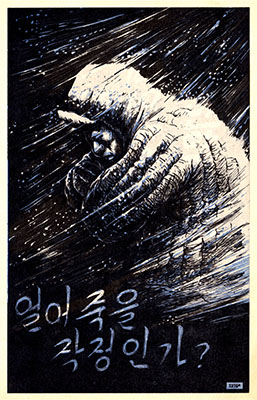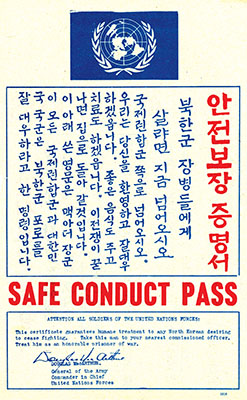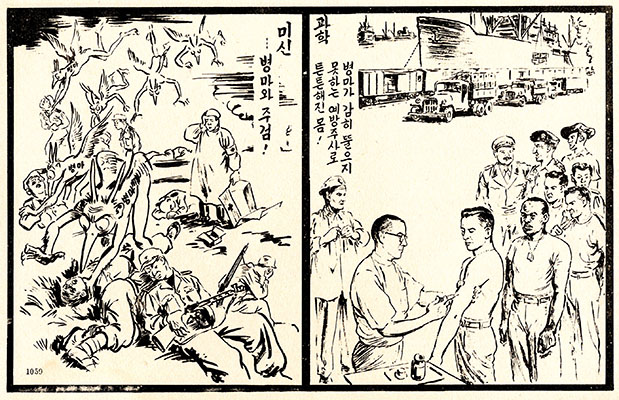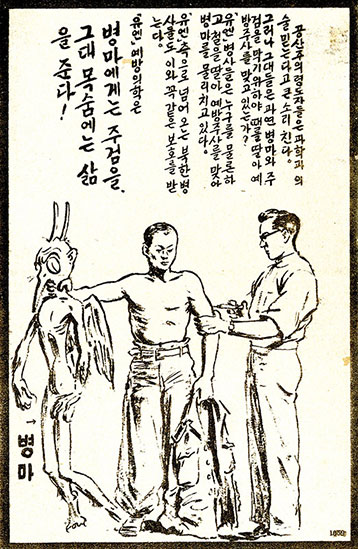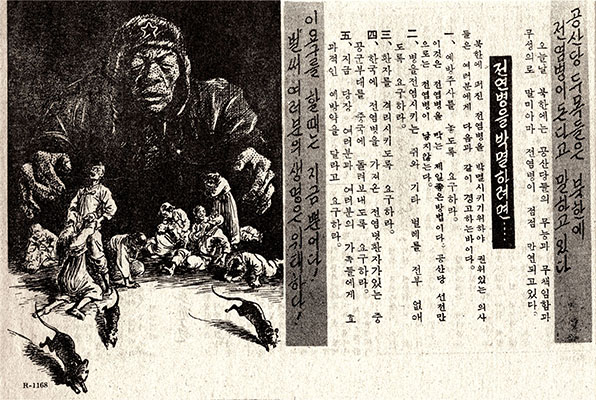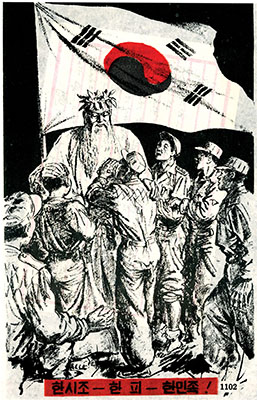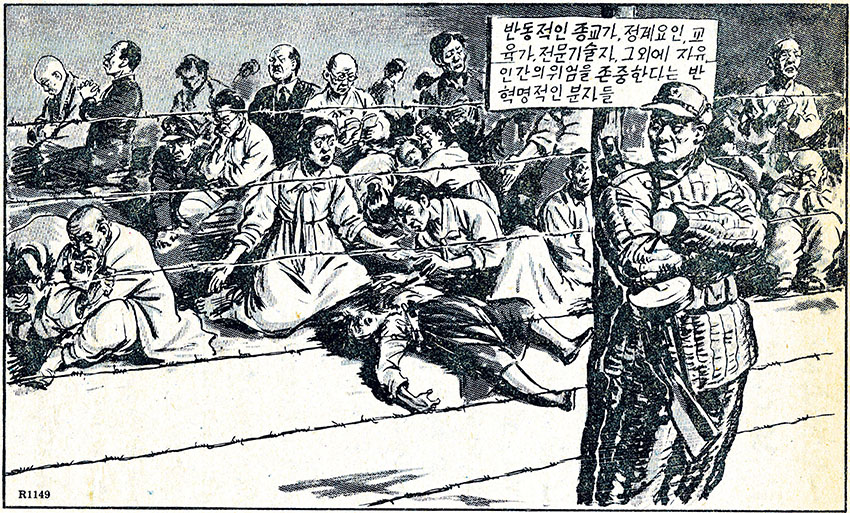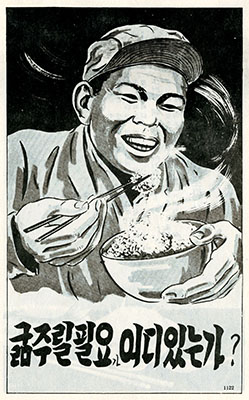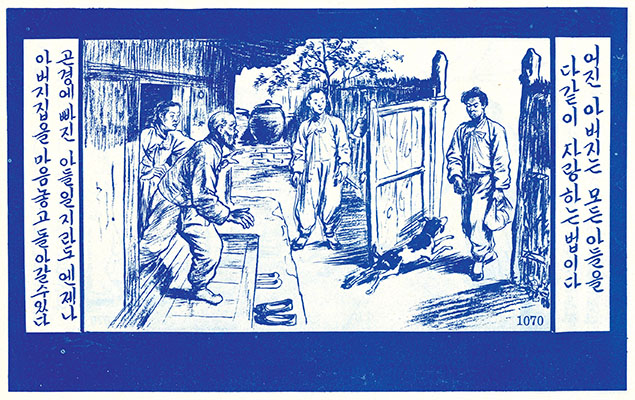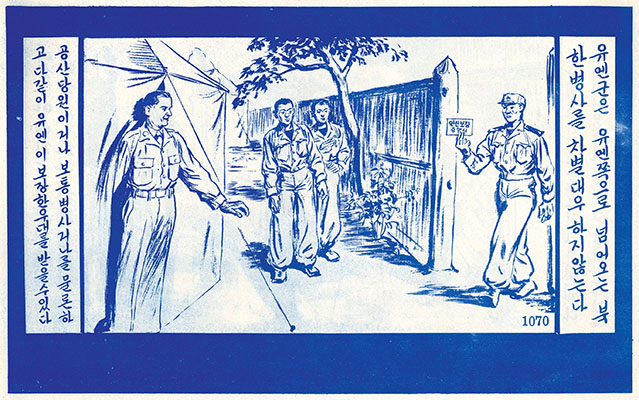NOTE
The leaflets depicted in this article are the products of the 1st Radio Broadcast and Leaflet Group. For each leaflet, a “cut sheet” was produced that described the title, target audience, and thematic message. The 4-digit numbers that appear on the leaflets are the cataloging numbers from the original cut sheets.
DOWNLOAD
2LT James B. Haynes was born on 22 April 1928 in Enid, Oklahoma, the middle son of an oil businessman and his wife. A private education at Culver Military Academy was deemed best because the public schools in Shreveport, Louisiana, were lacking and Culver graduates had a high acceptance rate by Ivy League colleges. As a Princeton University history major Haynes attended ROTC Camp at Fort Bragg, North Carolina in the summer of 1949. Upon graduating in June 1950, he became Field Artillery Second Lieutenant (2LT) Haynes, U.S. Army Reserves. A fellow Culver and Princeton friend suggested volunteering for active service with one of the Psywar units then forming. Six weeks after writing to the Department of Army, 2LT Haynes got a telegram telling him to report in April 1951. After waiving a physical impairment, 2LT Haynes got orders to the 1st Radio Broadcasting & Leaflet Group at Fort Riley, Kansas.1
Being a Princeton man helped with Lieutenant Colonel (LTC) Homer E. Shields, Commanding Officer of the 1st RB&L, who assigned him to the group Intelligence & Education (I&E) Office. His first task was to find copies of Izvestia, the Soviet state newspaper. Sergeant (SGT) Sarkov, a Russian Army defector who joined the U.S. Army via the Lodge Act, took him to the Aggressor Force headquarters at Fort Riley. SGT Sarkov, hungry for news from home, read it there daily. Success earned Haynes another challenge. “Get our enlisted college graduates and technicians qualified with the M-1 Carbine. They have to be Marksmen in order to go overseas. And, I want them to go to the field as well,” said LTC Shields. Culver Rifle Team experience, help from other officers, an “M-1 pencil,” and luck enabled him to succeed without casualties.2
Overseas in Tokyo, 2LT Haynes joined First Lieutenant (1LT) Robert D. B. Carlisle and Captain (CPT) Edward C. Janicek in the Group S-3 (Operations) Section, responsible for leaflet operations. Working with the S-2 (Intelligence) Section, target lists were developed. 2LT Haynes as the ad hoc 1st RB&L Liaison Officer to Far East Air Force in Tokyo enabled him to “show the Army flag” on B-29 Superfortress leaflet drop missions from Japan as well as C-47 drops in Korea.
